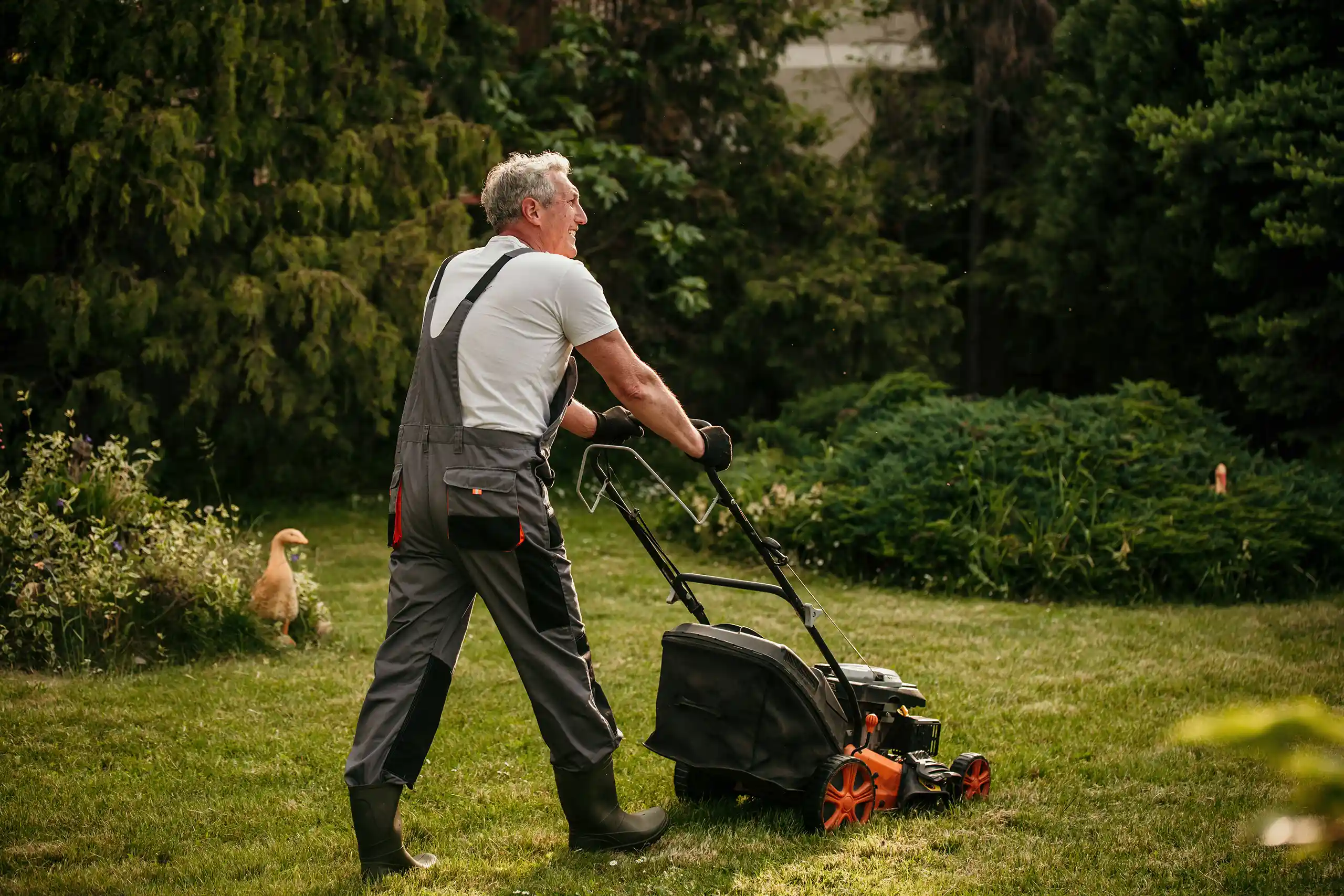May is renowned as the month of mowing in the UK, with warmer temperatures kickstarting increased grass growth.
However, what if we did things a little differently this year and let our lawns grow?
In this guide, we will explore what No Mow May is, whether it is worth doing, and how to cut your grass after.
What is No Mow May?
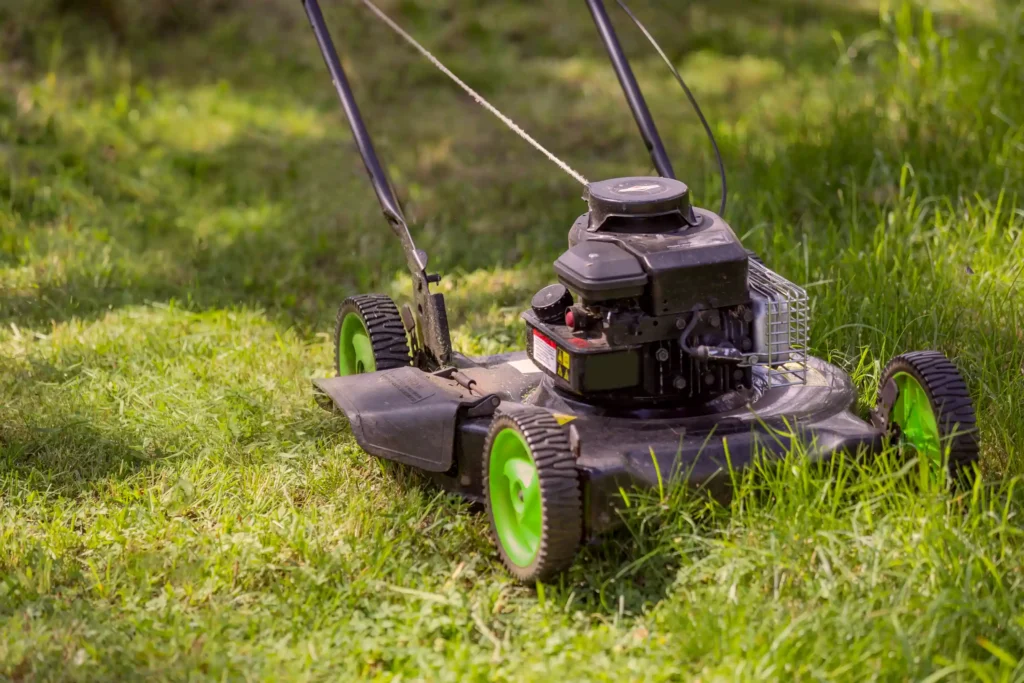
No Mow May is an eco-friendly movement that was started in 2019 by Plantlife, the wild plant conservation charity.
The campaign encourages gardeners to set aside their mowers for May and let their grass grow.
The idea is that by letting your grass grow, you will also encourage the growth of wildflowers, which are an important food source for pollinators like bees and butterflies.
In addition, longer lawns also create habitats and nesting areas for insects and creatures like garden birds and hedgehogs.
GOV.UK states that the UK has lost over 97% of its wildflower meadows since the 1930s, with flower-rich grassland only covering a startling 1% of UK land.
Lack of wildflower meadows can have a huge impact on biodiversity, especially for pollinators who rely on these habitats to survive.
What is the benefit of No Mow May?
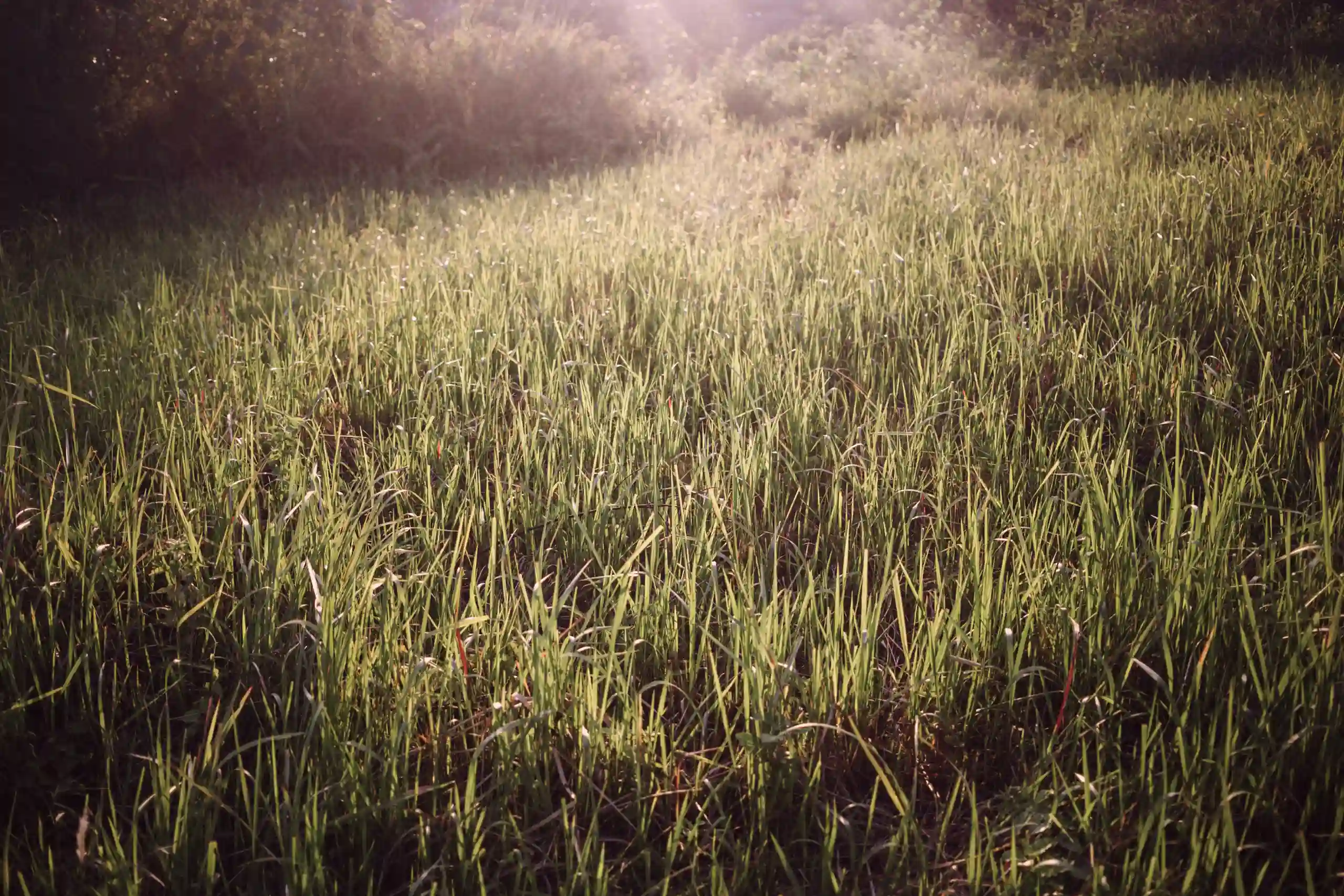
Now that you are aware of what No Mow May in the UK is, it is time to take a closer look at the benefits of not mowing your lawn.
If it is your first time taking part, do not be disheartened if your lawn is not a carpet of beautiful wildflowers.
Wildflower meadows need to be created and established; they do not just appear overnight because mowing has stopped.
However, established lawns can expect flowers like daisies, dandelions, clover, and buttercup to appear – all of which are vital food sources for pollinators.
| Other benefits of setting down your mower include: Increased biodiversity. Longer grass may encourage a wider range of plants, insects, and wildlife to call your garden home Improved soil and lawn health. Allowing grass to grow can strengthen its root systems, improve moisture retention, and reduce compaction Reduced air and noise pollution. You will be doing your extra bit for the environment, particularly if your mower is petrol-powered, as not mowing will reduce emissions Habitat creation. Taller grass creates shelter and nesting areas for insects, birds, pollinators, and other small creatures Natural pest control. A more diverse garden attracts insects and pollinators who will naturally feed on pests like aphids, reducing the need for pesticides Saved time and effort. Not mowing your lawn means you have more time to sit back, relax, and enjoy your garden |
Is No Mow May worth doing?
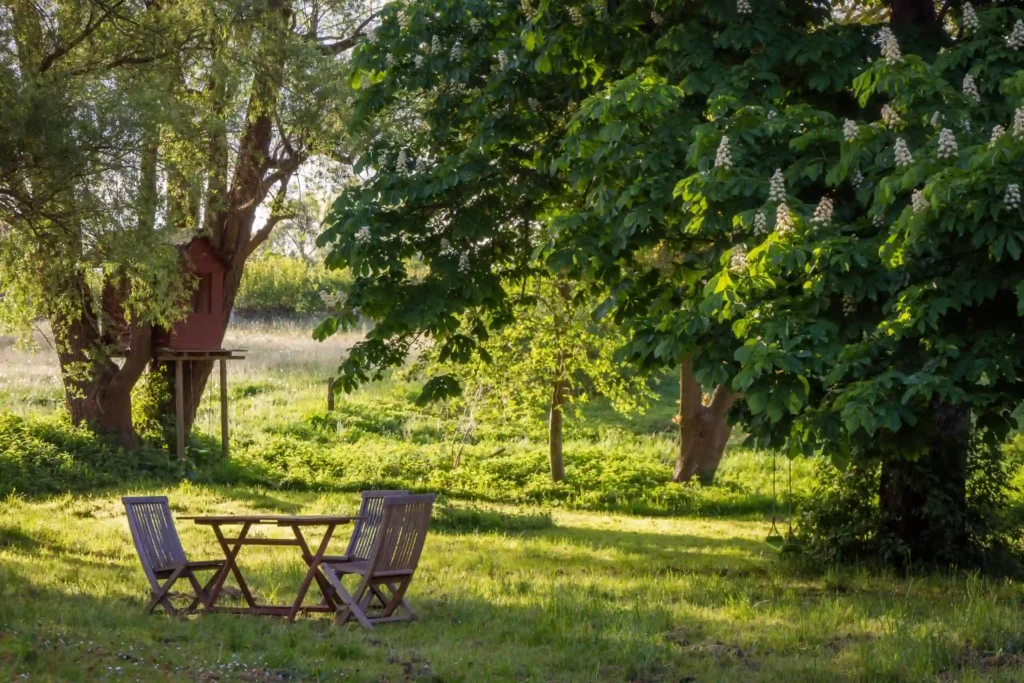
Yes, No Mow May is absolutely worth doing if you want to support your local environment.
Whether you have a large, sprawling lawn or a small garden, letting it grow even just for a few weeks can have a huge impact and support struggling pollinators like bees and butterflies.
In addition, it is also incredibly easy to take part, as you simply just need to let your grass grow and embrace its wilder side.
| To make the most of your garden during No Mow May, we recommend that you: Make your neighbours aware. Let your neighbours know you are taking part in No Mow May – it can be a great way to strike up a conversation and spread awareness of the campaign Create pathways or a seating circle. If the thought of leaving your entire lawn unmown is not appealing, consider mowing narrow paths or a simple circle into the grass. Doing this allows you to still easily access and use your garden while immersing yourself in nature Buy a magnifying glass. Your little ones will love spotting the new insects, wildflowers, and creatures that will appear as your lawn starts to grow Document your visitors. Take photos or keep a journal of any newcomers to your garden. You can share any findings or photos online using #NoMowMay, encouraging interaction with other participants and inspiring others to join in Make a wild patch permanent. Consider leaving a section of your lawn unmown all year round, offering a permanent home, food, and shelter for local wildlife Go beyond No Mow May. If you have enjoyed taking part, the fun does not have to end once May ends. Many gardeners keep their lawns tall throughout June or July to increase the chances of spotting new plants and wildlife |
Is No Mow May bad for insects?
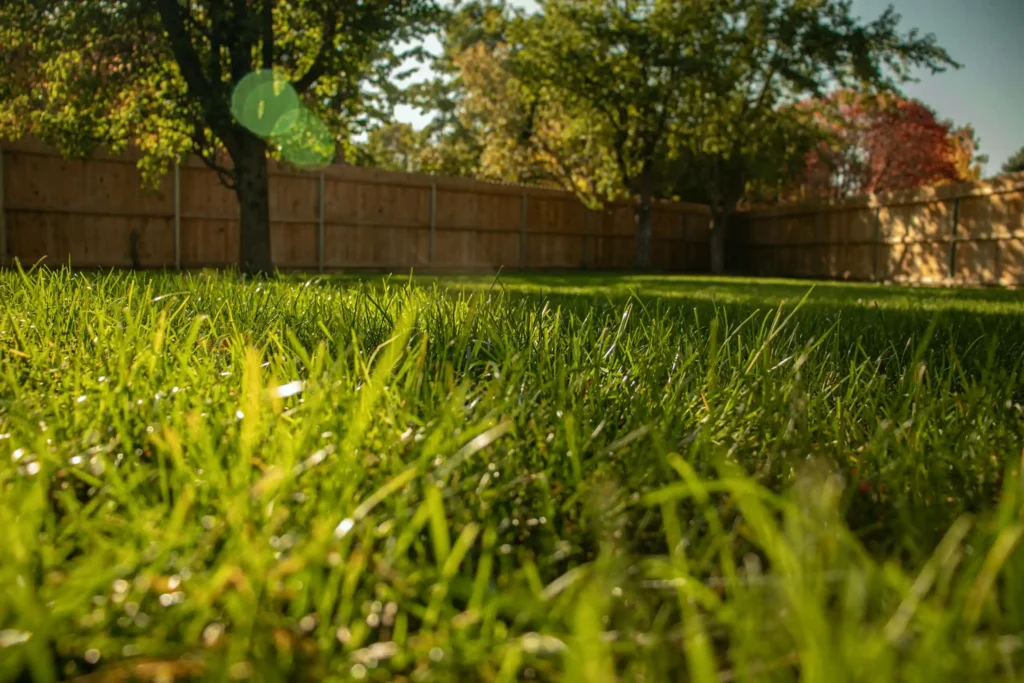
No Mow May is actually very beneficial for insects, as longer grass provides food, shelter, and a safe breeding area.
Allowing your lawn to grow creates an ideal environment for wildflowers like dandelions and clover to grow, both of which are essential sources of nectar and pollen for insects.
In addition, leaving your grass undisturbed creates a natural habitat for insects like beetles, caterpillars, and spiders, where they can hide from predators, feed, and breed without disruption.
Having a safe place to lay eggs has never been so important, as many British pollinating insects are in decline.
Although insect populations are difficult to measure, experts estimate that populations are declining by 1-2% a year.
| Fast Facts Factors contributing to their decline include: Habitat loss – caused by urban development and intensive farming Use of pesticides – that can kill or harm insects and contaminate their food sources Climate change – Rising temperatures and extreme weather events like droughts and floods can disrupt insect life cycles and impact food availability |
How to cut grass after No Mow May

Once May has ended you might be wondering how you can cut your grass without negatively disrupting the local wildlife.
| Top Tips To minimise any disruption to insects that may be sheltering or nesting in the grass, follow our top tips: Mow gradually. If you want to cut your entire lawn, then you should do so in stages. Taking a staggered approach gives insects the chance to move on Avoid peak times. Try to mow your lawn during cooler times of the day, such as early morning or evening. Not only is this beneficial for not causing unnecessary stress to your grass, but it also ensures you miss the times when insects are at their most active Leave a patch unmown. Consider leaving a patch of your lawn unmown where wildlife can continue to thrive. Alternatively, you could mix up your mowing method and have short, medium, and long sections of your lawn. Observe and adapt. Monitor your garden regularly and see what grows, who visits, and how your lawn responds. Some areas may benefit from regular mowing, while others may flourish when left unmown |
Ready to take part?
Setting down your mower for May is not about giving yourself a break and having an unkempt lawn; it is about giving nature the chance to thrive.
By understanding what pollinators need to thrive and how you can encourage biodiversity, you can play a key role in supporting wildlife populations.
Set your lawn up for success in May and beyond by taking our quiz to be paired with your perfect lawn care bundle.
